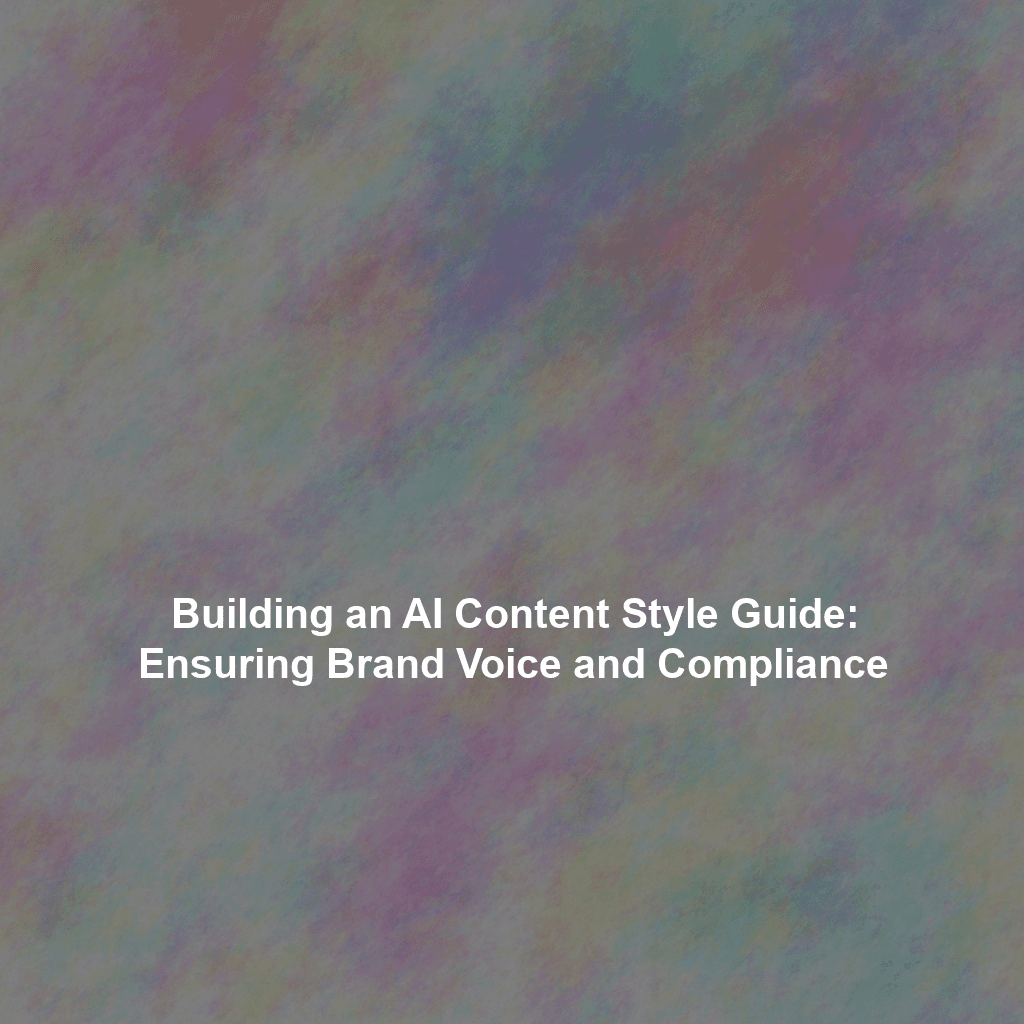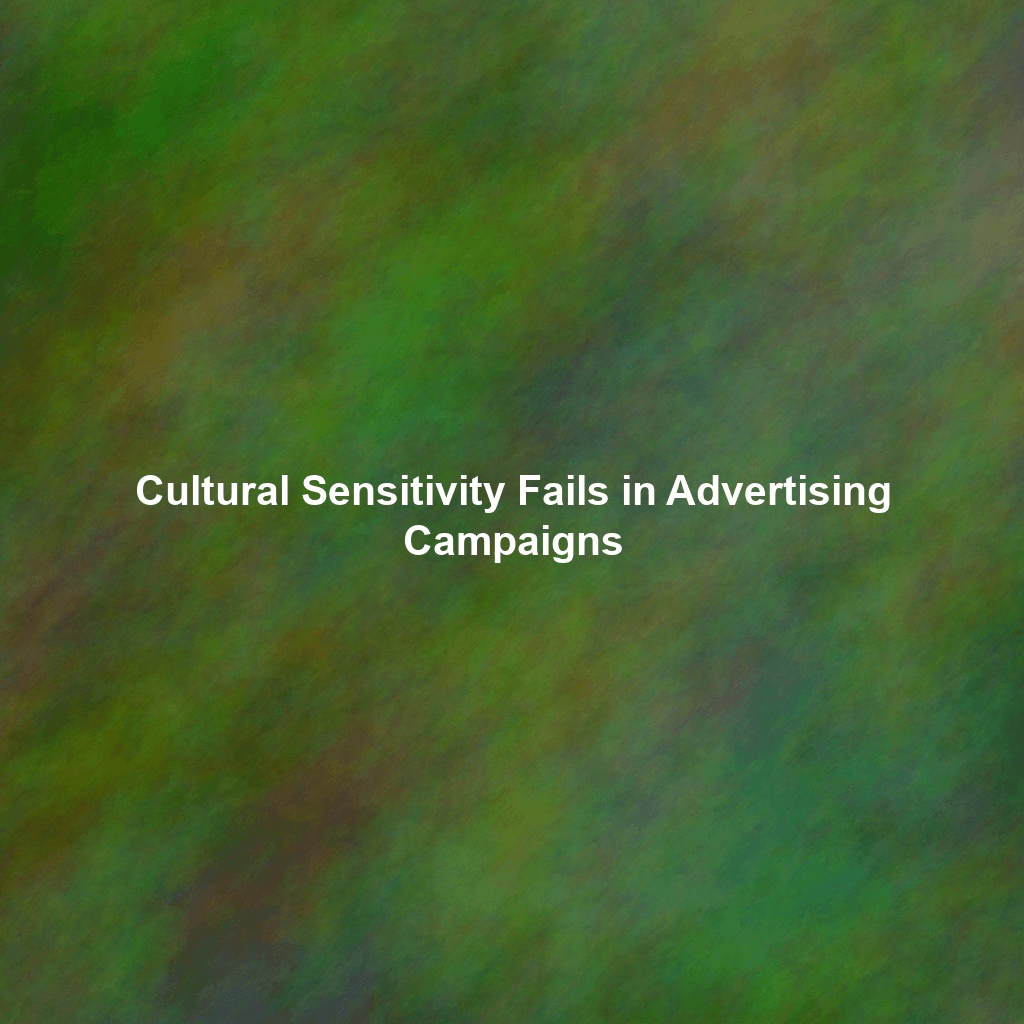Why You Need an AI Content Style Guide
Think of your AI Content Style Guide as a GPS for your AI content creators. It provides clear directions, preventing them from straying off course and ensuring they reach the desired destination – high-quality, on-brand, and compliant content. Here’s why it’s essential:
- Brand Consistency: Maintains a unified voice and style across all content, regardless of whether it’s written by a human or generated by AI.
- Compliance and Risk Mitigation: Prevents AI from generating content that violates legal regulations (e.g., GDPR, CCPA), ethical guidelines, or internal policies.
- Improved Content Quality: Ensures AI understands the specific nuances of your brand, target audience, and content objectives, resulting in more relevant and engaging content.
- Increased Efficiency: Streamlines the content creation process by providing AI with clear instructions and minimizing the need for extensive editing and revisions.
- Scalability: Allows you to scale your content creation efforts without sacrificing quality or brand consistency.
Key Components of an AI Content Style Guide
A comprehensive AI Content Style Guide should include the following sections:
Defining Your Brand Voice
Your brand voice is the personality and tone you use to communicate with your audience. To define it for AI, consider these aspects:
- Tone: Is your brand formal or informal? Humorous or serious? Authoritative or approachable? Provide specific examples. For example: “Our tone should be professional and informative, but with a friendly and approachable demeanor. Avoid jargon and technical terms unless absolutely necessary, and always explain them clearly.”
- Personality: What are the key characteristics of your brand? (e.g., innovative, trustworthy, customer-centric). Describe these characteristics in detail and provide examples of how they should be reflected in the content.
- Language: Specify the types of language to use (e.g., active vs. passive voice), preferred vocabulary, and any specific terms or phrases that are unique to your brand. For example: “Use active voice whenever possible. Prefer simple and direct language over complex or flowery prose. Use the term ‘customer success’ instead of ‘client satisfaction’.”
- Target Audience: Define your ideal customer and their needs, interests, and pain points. This will help AI tailor the content to resonate with them effectively.
Example: For a financial services company targeting millennials, the brand voice might be described as: “Professional but approachable, informative yet easy to understand, and focused on helping millennials achieve their financial goals. Avoid overly formal language and jargon. Use relatable examples and stories.”
Acceptable Language and Style
This section outlines the specific linguistic rules and stylistic guidelines that AI should follow:
- Grammar and Punctuation: Enforce strict adherence to grammar rules and punctuation conventions. Specify preferred style guides (e.g., AP Style, Chicago Manual of Style).
- Word Choice: Provide a list of approved and discouraged words or phrases. For example, avoid using overly superlative language or clichés.
- Sentence Structure: Define preferred sentence length and complexity. Shorter sentences are often easier to understand, especially for online content.
- Formatting: Specify how to format different types of content, such as headings, subheadings, bullet points, and lists.
Example: “All content must adhere to AP Style. Avoid using overly complex sentence structures. Limit sentences to an average of 20 words. Use bullet points to break up large blocks of text. Use headings and subheadings to improve readability.”
Disallowed Topics and Content
This is a crucial section for preventing AI from generating inappropriate or harmful content. Clearly define topics that are off-limits:
- Sensitive Topics: Politics, religion, controversial social issues, etc.
- Harmful Content: Hate speech, discrimination, violence, misinformation, etc.
- Confidential Information: Internal company data, customer information, trade secrets, etc.
- False or Misleading Information: Ensure all content is factually accurate and verifiable. Implement a process for fact-checking AI-generated content.
Example: “AI is strictly prohibited from generating content related to politics, religion, or any controversial social issue. Do not generate content that could be interpreted as hate speech, discrimination, or violence. Do not disclose any confidential company information. All content must be factually accurate and supported by credible sources.”
Task-Specific Instructions and Templates
Provide detailed instructions for specific AI content generation tasks, such as writing blog posts, creating social media updates, or generating product descriptions. Include templates to guide AI in structuring the content and adhering to your brand voice.
Example: Blog Post Template
[Blog Post Title]
[Introduction: Briefly introduce the topic and grab the reader's attention.]
[Body Paragraph 1: Provide background information and context.]
[Body Paragraph 2: Discuss the main points of the topic.]
[Body Paragraph 3: Offer solutions or recommendations.]
[Conclusion: Summarize the main points and provide a call to action.]
[Keywords: List relevant keywords for SEO optimization.]
[Tone: [Specify tone - e.g., Informative, Friendly, Authoritative]]
[Target Audience: [Specify target audience - e.g., Millennials interested in personal finance]]
Example: Social Media Update Instructions
- Objective: [e.g., Promote a new product, announce an event, share a helpful tip]
- Platform: [e.g., Twitter, Facebook, LinkedIn]
- Length: [e.g., Maximum 280 characters for Twitter, Maximum 1200 characters for Facebook]
- Hashtags: [e.g., #ProductName, #IndustryKeyword]
- Call to Action: [e.g., Visit our website, Sign up for our newsletter, Learn more]
Implementing and Maintaining Your AI Content Style Guide
Creating an AI Content Style Guide is just the first step. You also need to implement it effectively and maintain it over time:
- Training: Provide training to anyone who uses AI tools to generate content, ensuring they understand the guidelines and how to apply them.
- Monitoring and Auditing: Regularly monitor AI-generated content to ensure it complies with the style guide and legal requirements. Conduct periodic audits to identify any areas for improvement.
- Feedback and Iteration: Encourage feedback from users and stakeholders, and use this feedback to refine and improve the style guide over time.
- Regular Updates: Update the style guide regularly to reflect changes in your brand, legal regulations, and AI technology.
Conclusion
An AI Content Style Guide is no longer a luxury but a necessity for organizations looking to leverage the power of AI for content creation. By carefully defining your brand voice, establishing clear guidelines for acceptable language, and implementing robust monitoring and auditing processes, you can ensure that AI-generated content aligns with your brand identity, complies with legal requirements, and delivers a positive user experience. Investing in an AI Content Style Guide is an investment in the long-term success and sustainability of your content strategy.
 Skip to content
Skip to content

